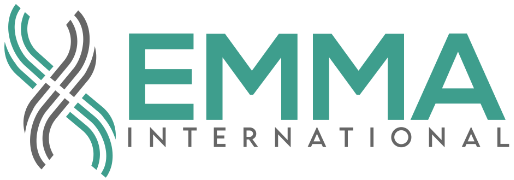In the dynamic world of medical devices, maintaining regulatory compliance and ensuring patient safety are paramount. One crucial aspect of achieving these goals is having a robust change control process in place. Predetermined Change Control Plans (PCCPs) are an essential tool for managing changes in medical device design, manufacturing processes, and quality management systems. This blog will discuss what PCCPs are, their importance, and how they can be effectively implemented.
A Predetermined Change Control Plan is a proactive strategy that outlines how a company will manage changes to a medical device throughout its lifecycle. These plans are designed to ensure that any modifications, whether they are related to design, manufacturing, or software updates, are systematically evaluated, documented, and implemented in a controlled manner. PCCPs help manufacturers anticipate potential risks, ensure continued compliance with regulatory requirements, and maintain the device’s safety and efficacy.
Importance of PCCPs in Medical Device Development
- Regulatory Compliance: Regulatory bodies such as the FDA and the European Medicines Agency (EMA) require medical device manufacturers to have robust change control processes. PCCPs ensure that any changes to a device are made in accordance with regulatory guidelines, preventing non-compliance and potential penalties.
- Risk Management: PCCPs play a crucial role in identifying and mitigating risks associated with changes. By evaluating the impact of a proposed change before implementation, manufacturers can address potential issues that could affect device performance or patient safety.
- Product Lifecycle Management: Medical devices often undergo multiple changes during their lifecycle, from design modifications to manufacturing process improvements. PCCPs provide a structured approach to managing these changes, ensuring that they are systematically evaluated and documented.
- Improved Communication: With a PCCP in place, all stakeholders, including design teams, quality assurance, and regulatory affairs, are aligned on how changes will be managed. This improves communication and reduces the risk of miscommunication, which could lead to non-compliant or unsafe changes.
Key Components of a Predetermined Change Control Plan
- Change Identification and Evaluation: The first step in a PCCP is identifying potential changes that may need to be made to the device. This includes changes in design, materials, manufacturing processes, or software. Once identified, each change is evaluated to assess its potential impact on the device’s safety, efficacy, and regulatory compliance.
- Risk Assessment: For each proposed change, a thorough risk assessment is conducted. This involves analyzing the potential risks associated with the change, such as its impact on device performance, patient safety, and compliance. The risk assessment helps determine whether the change can be implemented as planned or if additional controls are necessary.
- Documentation: Documentation is a critical component of a PCCP. Every change, along with its evaluation, risk assessment, and approval, must be thoroughly documented. This documentation serves as a record for regulatory audits and ensures transparency in the change control process.
- Implementation and Verification: Once a change has been approved, it is implemented according to the predetermined plan. After implementation, the change is verified to ensure that it has been executed correctly and that the device continues to meet all regulatory and safety requirements.
- Post-Implementation Monitoring: Even after a change has been implemented, ongoing monitoring is essential. This ensures that the change has not introduced any new risks or negatively impacted the device’s performance.
How to Implement an Effective PCCP
- Develop Clear Procedures: Establish clear, detailed procedures for managing changes. This includes defining roles and responsibilities, outlining the steps involved in the change control process, and setting criteria for when a change must be escalated for further review.
- Train Your Team: Ensure that all relevant team members are trained on the PCCP procedures. This includes design engineers, quality assurance personnel, regulatory affairs specialists, and anyone else involved in the change control process.
- Use a Change Management System: Implement a digital change management system to track and document changes. This system should provide real-time visibility into the status of changes and ensure that all necessary documentation is completed.
- Regularly Review and Update the PCCP: As regulations and technologies evolve, so too should your PCCP. Regularly review and update the plan to ensure it remains aligned with current best practices and regulatory requirements.
Predetermined Change Control Plans are a vital part of managing the lifecycle of medical devices. They help ensure that changes are made in a controlled, compliant, and safe manner, ultimately protecting patient safety and maintaining the integrity of the device. By implementing a well-structured PCCP, medical device manufacturers can navigate the complexities of change management with confidence, ensuring continued regulatory compliance and product quality.
If your organization needs assistance in developing or refining your Predetermined Change Control Plan, EMMA International can help. Our team of experts has extensive experience in regulatory compliance, quality management, and change control processes for medical devices. Contact us today at 248-987-4497 or email info@emmainternational.com to learn more about how we can support your change management efforts.
FDA (Aug 2024) Predetermined Change Control Plans for Medical Devices retrieved from: https://www.fda.gov/regulatory-information/search-fda-guidance-documents/predetermined-change-control-plans-medical-devices






